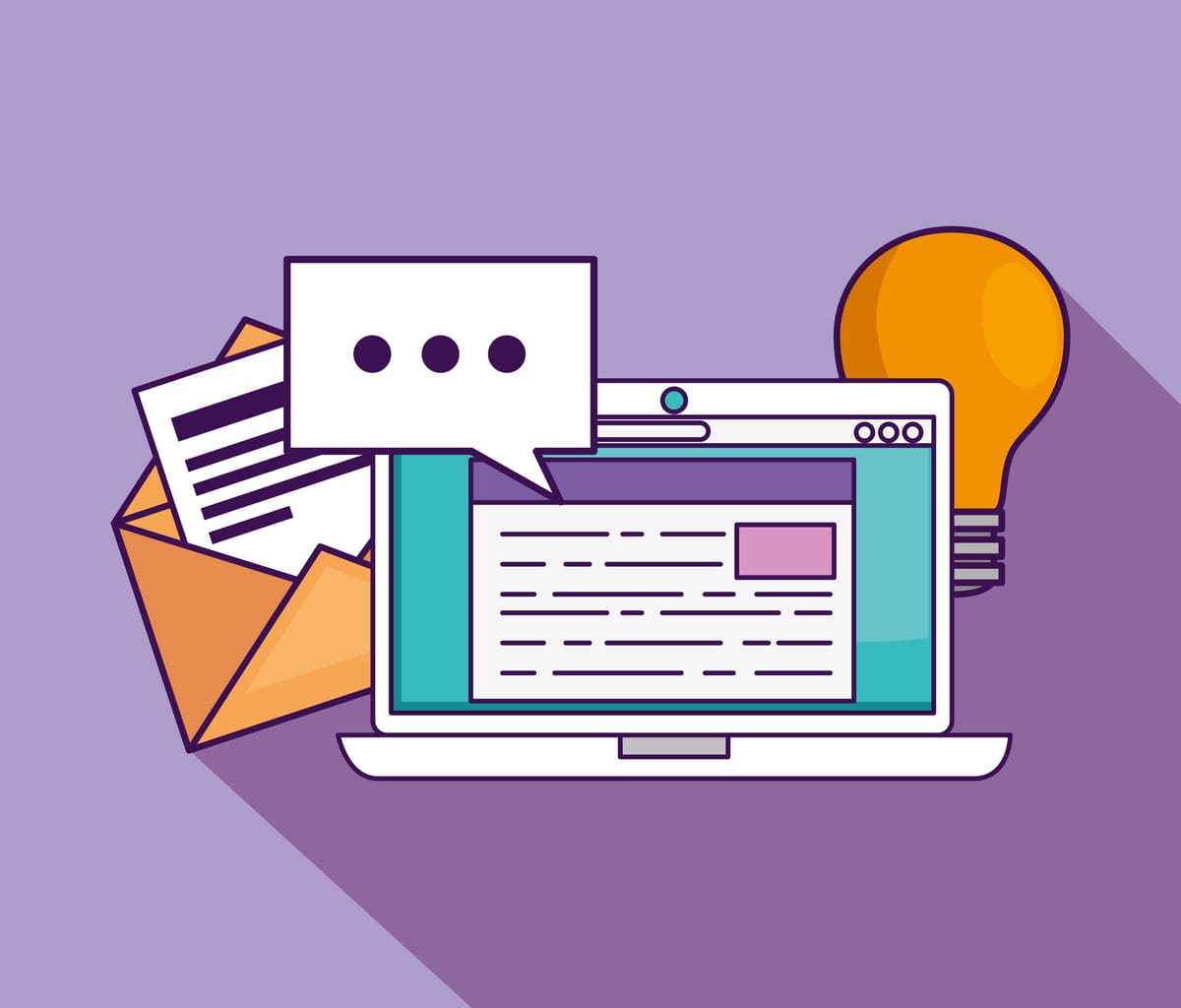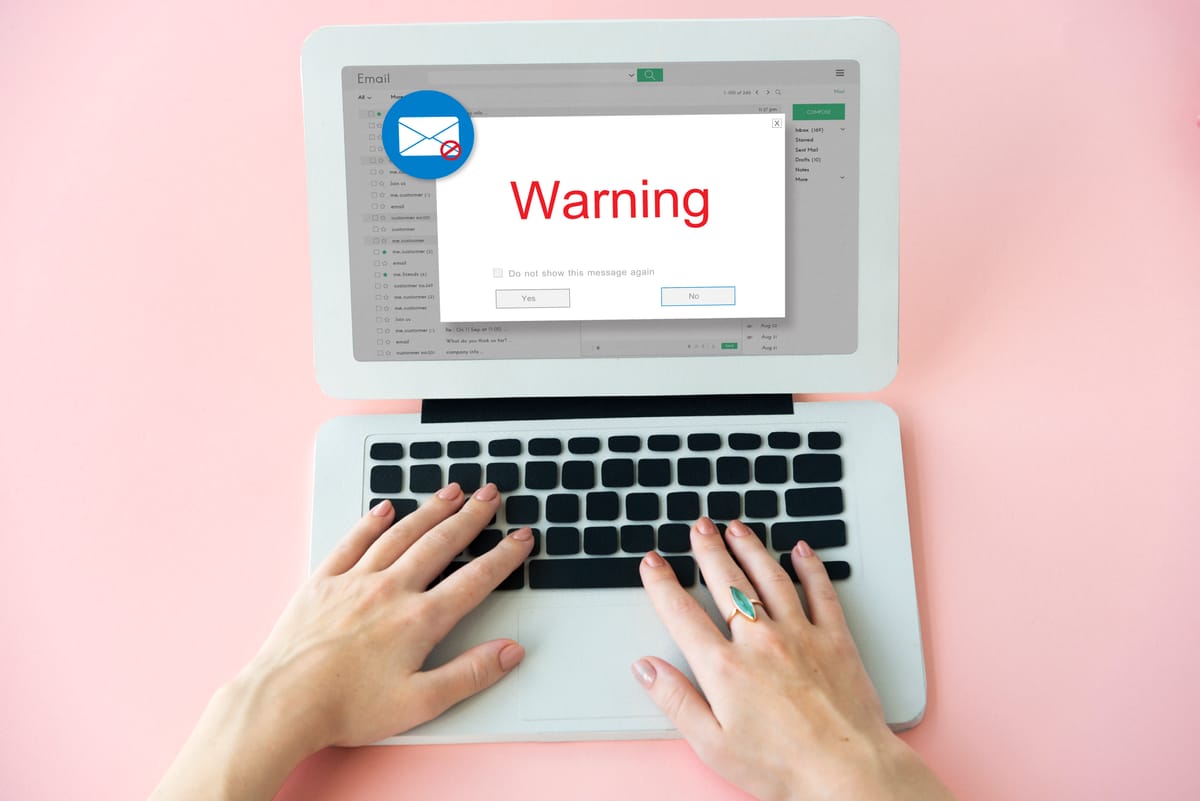The Art of Storytelling in Newsletters: Build a Loyal Audience & Drive Results

In today’s digital world, your audience is bombarded with emails every day. So, how do you make sure your newsletter stands out? The answer: storytelling. People don’t just want information; they want to feel something. A good story can grab attention, create an emotional connection, and build trust with your audience.
But how do you use storytelling effectively in your newsletters? How can you make sure your emails feel personal, engaging, and worth reading? This guide will walk you through the power of storytelling in newsletters and how you can use it to create deeper connections with your readers.
What is Storytelling?

Storytelling is one of the most powerful tools in communication. It’s how we’ve shared knowledge, emotions, and experiences for centuries. Storytelling is the art of sharing a message through a compelling narrative. It’s how humans have communicated for centuries, from ancient myths to today’s viral social media posts. A story has a beginning, middle, and end, but most importantly, it evokes emotion.
In marketing and newsletters, storytelling isn’t just about telling fairy tales—it’s about presenting your brand, mission, or message in a way that resonates with your audience. Storytelling helps brands connect with their audience on a deeper level by transforming information into engaging narratives. Instead of simply promoting products or services, storytelling allows businesses to build relationships, evoke emotions, and create memorable content.
For example, instead of a business saying, “Our coffee is the best in town,” they could tell the story of a local farmer who handpicks the beans, sharing their journey from the farm to the customer’s cup. This creates a connection and makes people care about the brand.
Why Storytelling is Important in Newsletters

Every email you send competes for attention. Many businesses send newsletters packed with promotions, industry jargon, or dry updates. Or, if your newsletters feel too sales or robotic, people will ignore them. But what makes people actually open, read, and engage with an email? A great story will engage the reader on a personal level.
Here’s why storytelling is a game-changer:
It Makes Your Brand More Human – Readers don’t want to engage with faceless companies; they want real people with real experiences. Storytelling adds personality to your emails.
It Creates Emotional Connections – People remember how a story made them feel more than they remember a statistic. Emotions drive action.
It Makes Content More Memorable – People forget facts and figures, but they remember stories.
It Encourages Engagement – A well-crafted story encourages readers to reply, share, or even make a purchase.
It Helps You Stand Out – While competitors send generic promotional emails, a good story makes your newsletter different and valuable.
Your audience wants more than just another sales pitch. They want something that feels human. That’s where storytelling transforms a newsletter from just an email into an experience.
How to Connect with Your Audience Through Storytelling

Now that you know what storytelling is and why storytelling is important to apply to your newsletter, let's go over how to use it effectively in your newsletters. To truly engage your readers, you need to tell stories that matter to them. Here’s how:
1. Know Your Audience’s Pain Points and Desires

Before crafting a compelling story, the first step is to truly understand your audience. What are they struggling with? What are their goals, fears, or desires? When you take the time to research your audience, you can craft stories that feel personal and relevant. If your readers feel like you’re speaking directly to them, they’re more likely to stay engaged.
One effective way to do this is by conducting surveys, analyzing customer feedback, or studying engagement patterns in previous newsletters. When you tailor your storytelling to what your audience cares about, they’ll feel seen and understood. Instead of delivering generic content, focus on solving their problems or inspiring them with stories of people like them. This builds a stronger emotional connection and keeps your readers coming back for more.
💡 Example: If you’re a business coach and your audience consist of struggling entrepreneurs, tell the story of someone who overcame business challenges with a practical solution. This helps your audience see themselves in the story and feel motivated to take action.
2. Use Relatable Characters

Stories become powerful when your audience sees themselves in the narrative. The best way to do this is by using characters they can relate to. Your character could be a real customer, a fictional persona based on your audience, or even yourself.
The key is to humanize the experience and make it as authentic as possible. People connect with other people, not faceless companies or generic advice. The more realistic your character’s emotions, struggles, and victories are, the more engaging your story will be. Try to highlight their personality, emotions, and even flaws—this makes them feel genuine.
💡 Example: Instead of writing "Many businesses struggle with email marketing," say "Meet James, a small business owner who spent hours crafting emails but never got replies. He felt frustrated, but one small tweak changed everything." This immediately makes the story more engaging and relatable.
3. Follow a Simple Storytelling Structure

Every great story follows a structure that guides the reader through a journey. The three essential elements are:
· The Hook: Grab attention with an intriguing situation.
· The Conflict: Describe a problem or challenge.
· The Resolution: Show how the problem was solved.
By using this framework, you keep your story clear, engaging, and easy to follow. Readers stay invested because they want to see how it ends. A well-structured story keeps them reading to the last sentence—which increases the chances of them acting on your message. To make it even stronger, end with a takeaway lesson or a CTA that ties back to your brand.
💡 Example: If you’re writing about productivity, don’t just list tips. Instead, tell the story of how a busy entrepreneur struggled with time management, discovered a simple system, and is now more productive than ever. Readers will remember the journey—and apply the lesson to their own lives.
4. Make it Emotionally Engaging

The best stories aren’t just informative—they make people feel something. Whether it’s joy, frustration, excitement, or nostalgia, emotions are what drive engagement and action.
When people emotionally connect to your story, they’re more likely to remember it and share it. Think about the last email you actually enjoyed reading—it probably had a human touch. Adding small emotional details makes your story more powerful. Instead of just stating facts, describe how something felt in the moment. Did your character feel relief, excitement, or frustration? Let the reader experience that emotion along with them.
💡 Example: Instead of saying "Our tool helps customers save time," say "Lisa used to spend late nights stressing over email marketing. Now, she spends that time relaxing with her family—because her email campaigns run on autopilot." This emotion-driven approach makes the message more compelling.
5. Keep it Short and Conversational

People don’t want to read long, complex, or overly formal emails. The best newsletters feel like a friendly conversation rather than a corporate announcement.
Use simple, everyday language that makes reading effortless. Break up long paragraphs into short, digestible chunks to keep things visually engaging. Avoid jargon and write the way you would speak to a friend.
Stories don’t have to be long to be impactful—a short, well-told story can be just as powerful. The key is to get to the point quickly while keeping the story interesting.
💡 Example: Instead of writing "Our cutting-edge automation software enhances operational efficiency," say "Struggling to keep up with emails? Our tool handles it for you, so you can focus on what matters." It’s shorter, friendlier, and much easier to read.
6. Use Visuals to Enhance Your Story

A picture is worth a thousand words, and in storytelling, visuals can bring your words to life. Adding relevant images, GIFs, or even short videos makes your story more engaging and easier to remember.
Studies show that people process visuals faster than text, so incorporating images can increase understanding and retention. If you’re telling a transformation story, a before-and-after image can make the impact even stronger. Infographics, behind-the-scenes photos, or even a simple meme can also add personality to your newsletter.
💡 Example: If you’re telling the story of a customer’s success, include a real testimonial photo or a screenshot of their results. It makes the story more credible and relatable.
7. Add a Call-to-Action That Feels Natural

A great story is only effective if it leads your audience to take action. Instead of forcing a CTA at the end, weave it naturally into the story. The CTA should feel like the next logical step after reading your story.
Use action-driven language that encourages readers to engage without feeling pressured. Phrases like "Try it for yourself," "Join our community," or "See how it works" feel more inviting than just saying "Buy Now." The goal is to keep the momentum going, so the reader feels excited to take action.
💡 Example: If you’re telling a story about a customer who transformed their business with your product, end with: “Want to achieve the same results? Start today and see the difference.” It feels natural, encouraging, and non-pushy.
Final Thoughts: Turn Your Newsletters into Stories People Love

The power of storytelling isn’t just about making emails more interesting—it’s about creating real connections with your audience. When your readers relate to your stories, they trust your brand more, engage with your content, and become loyal followers. By crafting authentic, emotion-driven, and structured stories, your newsletters will stand out in crowded inboxes.
Instead of sending yet another sales-driven email, focus on telling stories that resonate. When people feel connected to your message, they’re more likely to take action, share your content, and keep coming back.
🚀 Ready to amplify your newsletter’s reach? While LetterSub doesn’t create newsletters, we help you get them in front of the right audience. Start growing your newsletter today for free!
Additional readings to support your newsletter:





